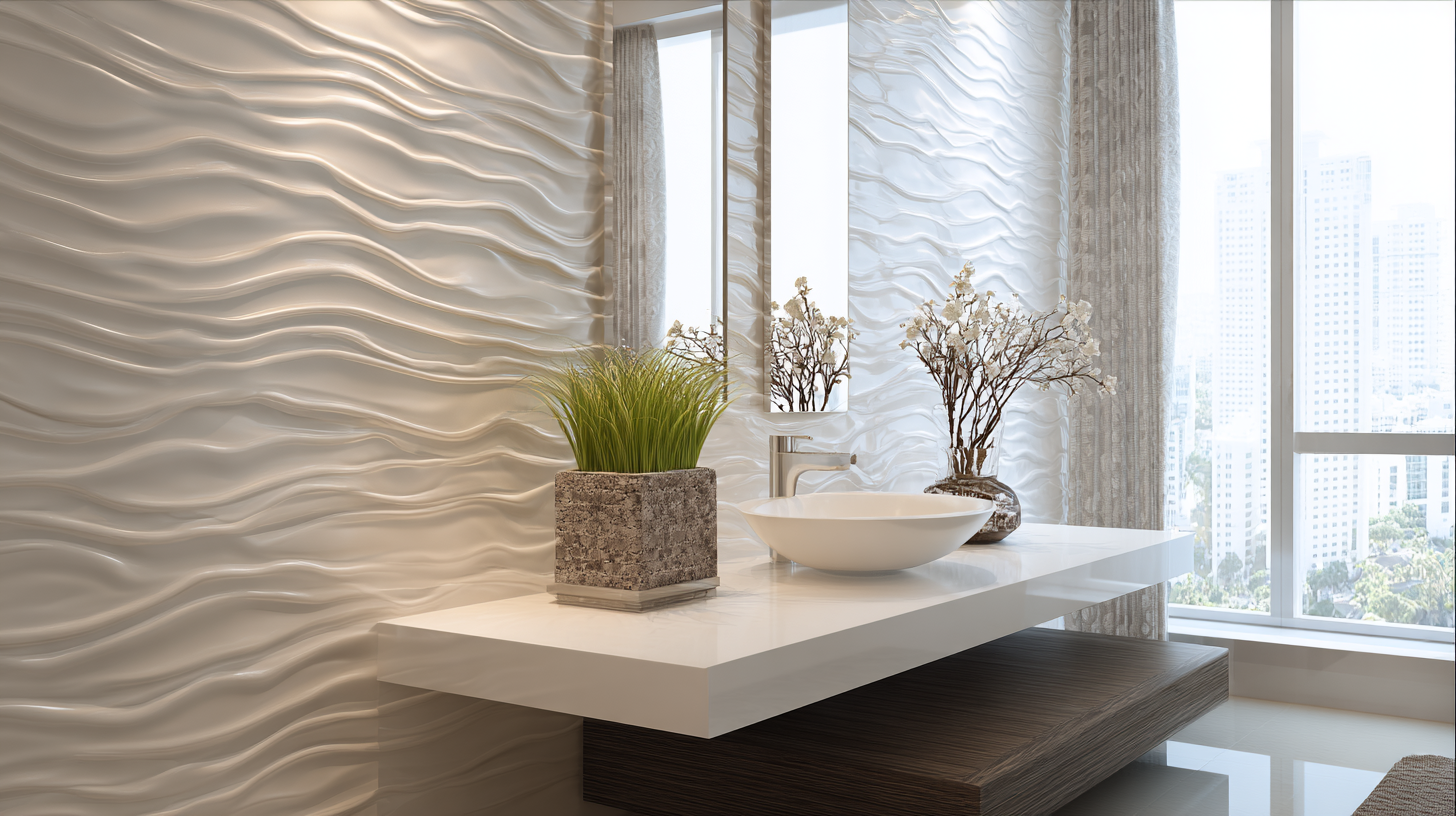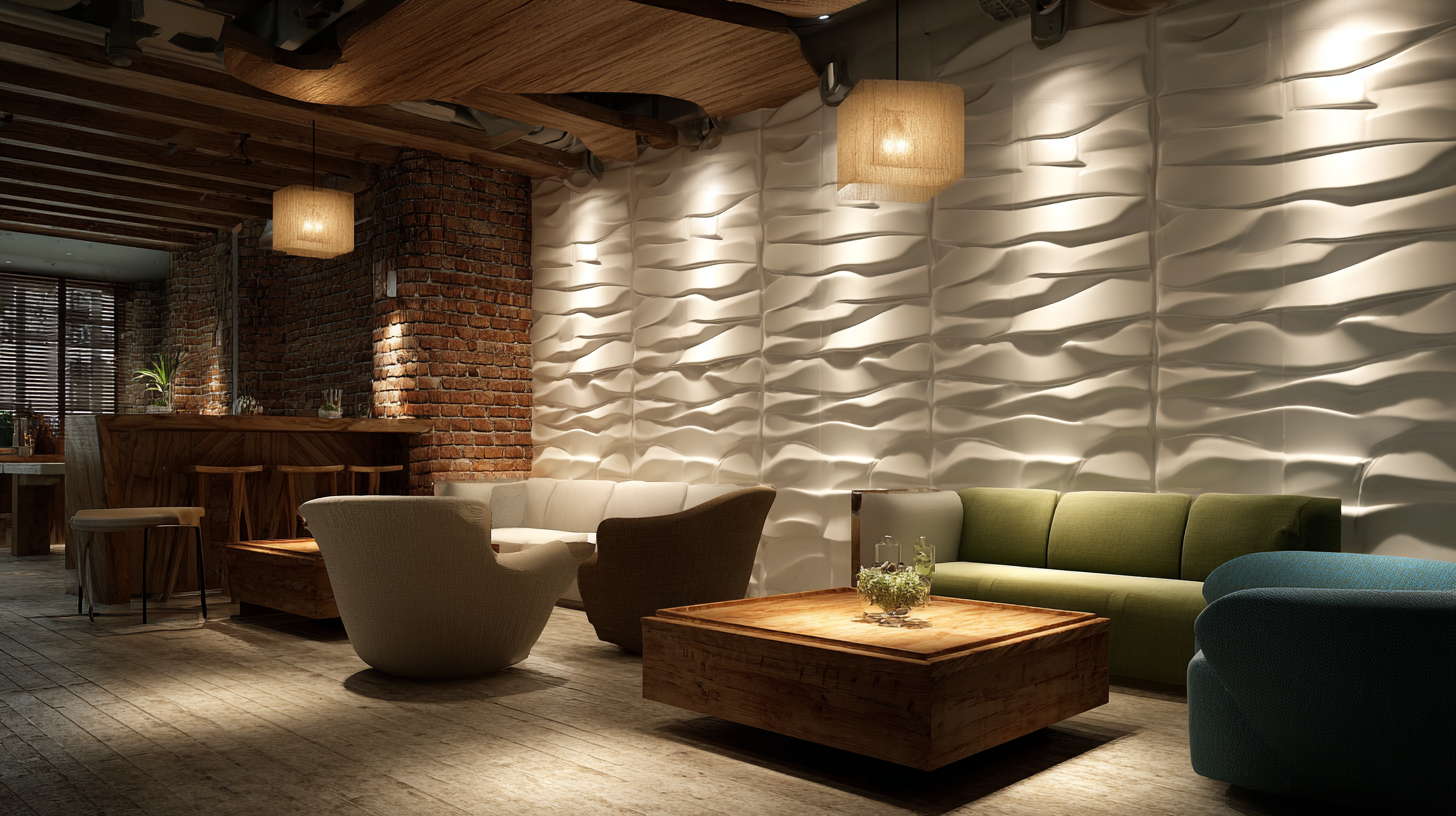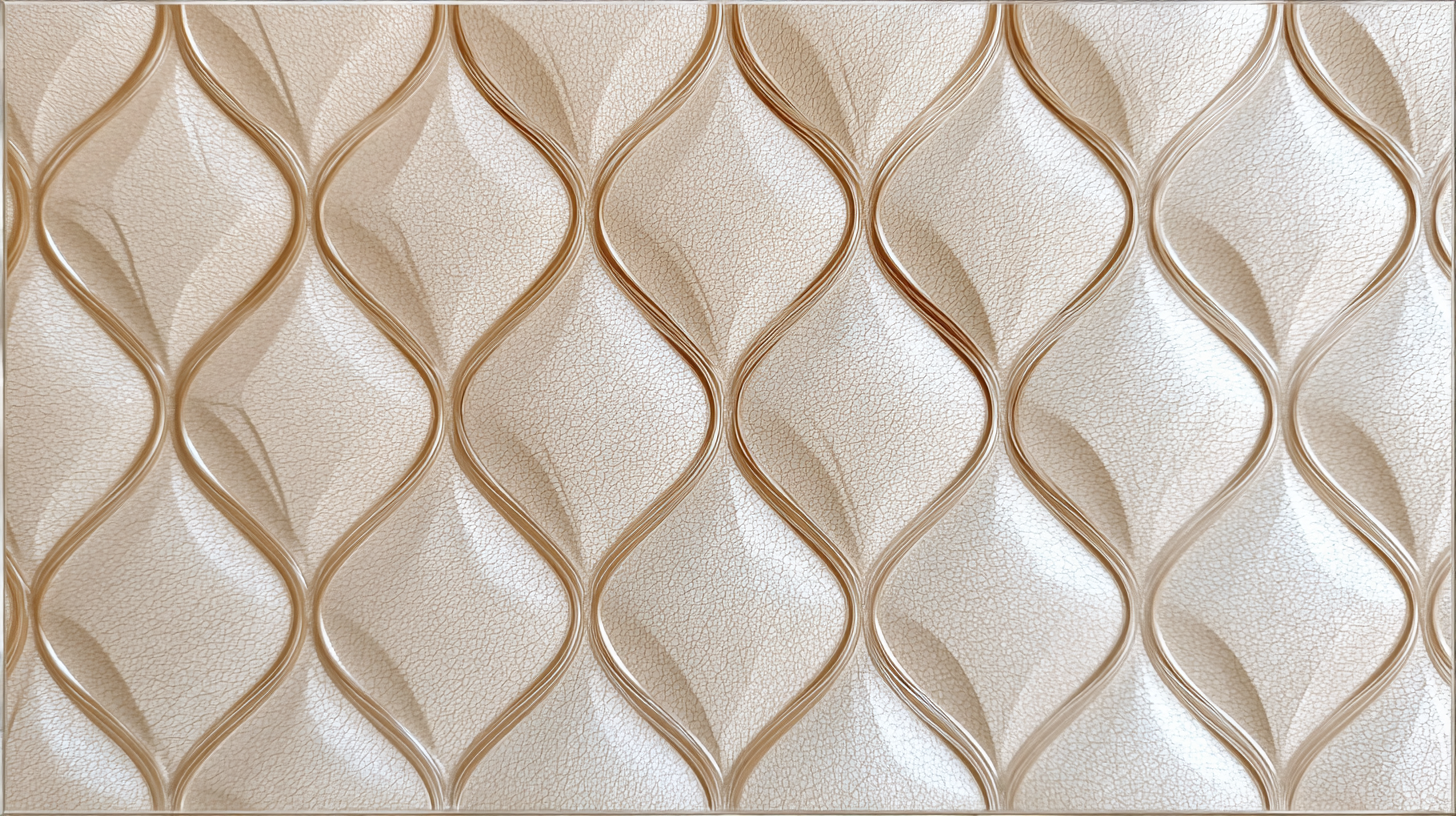Leave Your Message
-
Facebook
-
Whatsapp
-
Whatsapp


As contemporary architecture and interior design evolve, the demand for versatile and sustainable materials continues to rise. Among these, PVC wall cladding stands out for its durability, aesthetic appeal, and ease of installation. According to a report by Smithers, the global PVC cladding market is projected to reach $2.3 billion by 2025, as more designers and builders recognize its potential for innovative applications. However, despite its advantages, there are common problems associated with PVC wall cladding that can pose challenges if not carefully managed. From issues of material degradation in extreme conditions to concerns about environmental impact, understanding these drawbacks is crucial for maximizing the benefits of this versatile material. In this blog, we will explore innovative design examples of PVC wall cladding, addressing the common problems encountered and offering solutions to enhance functionality and aesthetics in modern spaces.

PVC wall cladding has emerged as a stylish and versatile option in contemporary interior design, offering innovative solutions that cater to various aesthetic and functional needs. One prominent use of PVC cladding is in accent walls, where its wide range of colors and textures can transform a bland space into a vibrant focal point. Designers are increasingly choosing PVC to simulate the look of natural materials like wood or stone, allowing for a luxurious appearance without the high maintenance costs associated with traditional materials.
In addition to aesthetic applications, PVC wall cladding is being utilized in creative, practical ways, such as in moisture-prone areas like bathrooms and kitchens. Its resistance to water and ease of cleaning make it an ideal choice for these spaces, ensuring durability while maintaining a sleek design. Furthermore, the lightweight nature of PVC allows for easy installation, making it an attractive option for renovation projects. As contemporary interior design continues to evolve, the innovative uses of PVC wall cladding reveal its potential to enhance both functionality and style in modern living environments.
When considering wall finishing options for modern spaces, a comparative analysis of PVC wall cladding and traditional materials reveals several advantages. PVC wall cladding is known for its durability and resistance to moisture, making it ideal for high-humidity areas like bathrooms and kitchens. In contrast, traditional materials such as wood or drywall may warp or degrade over time, requiring more maintenance and frequent repairs.
**Tip:** When choosing wall finishes, consider the environmental factors of your space. If you're frequently dealing with moisture or temperature fluctuations, PVC can save you time and money in the long run.
Another point of comparison is the ease of installation. PVC wall cladding is typically lightweight and can be installed quickly, often without the need for professional help. This contrasts with traditional options, which may require extensive labor and construction work.
**Tip:** If you're planning a DIY renovation, look for PVC options that offer interlocking designs or peel-and-stick features for a straightforward installation process, allowing you to transform your space effortlessly.
As the push towards sustainability continues to gain momentum, the demand for eco-friendly options in interior design is rapidly increasing. Among these innovations, PVC wall cladding solutions have emerged as a top choice for modern spaces. Research indicates that wall finishes can significantly impact indoor air quality, which has led homeowners and designers to seek materials that not only enhance aesthetics but also reduce harmful emissions. Using VOC-free paints and sustainable wall options can markedly improve indoor environments, promoting healthier living conditions.
Furthermore, the construction industry is witnessing a shift towards greener materials, with a variety of alternatives to traditional PVC becoming increasingly popular. These materials often highlight advanced technologies and sustainable practices, addressing both consumer health concerns and environmental impact. For instance, studies show that using sustainable building materials can reduce carbon footprints significantly, making them an essential factor for eco-conscious builders and architects. This trend underscores a broader movement towards adopting eco-friendly behaviors, driven partly by regulatory incentives such as green taxes aimed at promoting sustainable practices across industries. This alignment of consumer preferences with environmentally sound options signals a promising future for innovative PVC wall cladding solutions in modern architecture.
When it comes to modern interior design, PVC wall panels have transformed the way we think about wall coverings. The versatility of these panels allows for an array of creative textures and patterns that can elevate any space. From sleek, glossy finishes to rustic wood-like appearances, contemporary PVC wall cladding offers an amalgamation of aesthetics and practicality. Designers are experimenting with embossed surfaces that replicate the look of natural materials, such as stone or timber, providing a chic look while remaining low maintenance.
Moreover, the innovation in PVC wall panels extends to dynamic patterns that can create a striking focal point. Geometric designs, bold stripes, and even custom prints can be incorporated, allowing homeowners to express their personal style. These playful patterns, combined with the durability and moisture resistance of PVC, make them perfect for kitchens, bathrooms, and living spaces. As modern interiors continue to embrace unique design elements, PVC wall cladding stands out as a top choice for those seeking both functionality and flair in their wall decor.

PVC wall cladding has emerged as a game-changer in modern interior design, offering cost-effective transformations that can drastically enhance the aesthetics of any space. According to a report by MarketsandMarkets, the global market for PVC wall panels is expected to reach $2.4 billion by 2025, growing at a CAGR of 7.5%. This trend highlights the increasing recognition of PVC as both a practical and stylish solution for residential and commercial settings alike.

One of the primary advantages of PVC cladding is its affordability compared to traditional materials like wood or stone. With an average savings of 30-50% on installation and maintenance costs, homeowners and businesses are prioritizing this versatile option. Additionally, PVC cladding is resistant to water, humidity, and mold, making it an ideal choice for areas prone to dampness.
**Tips**: To maximize the benefits of PVC wall cladding, consider using light colors to create an illusion of space or adding textured finishes for a modern touch. Moreover, ensure proper insulation by opting for insulated PVC panels, which can lower energy bills by up to 25% over time. This strategic investment in design not only uplifts the ambience but also contributes to long-term cost savings.
